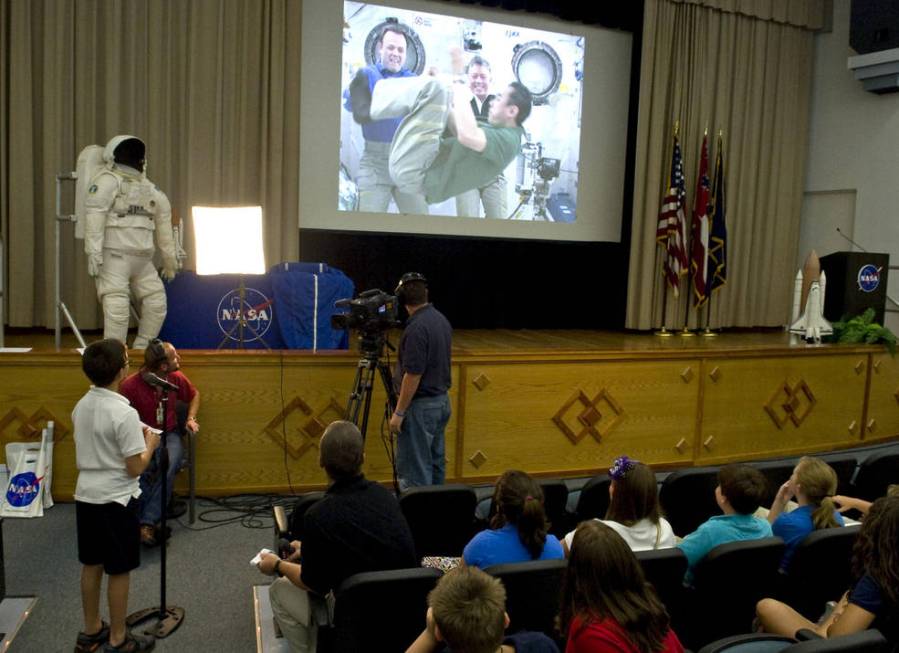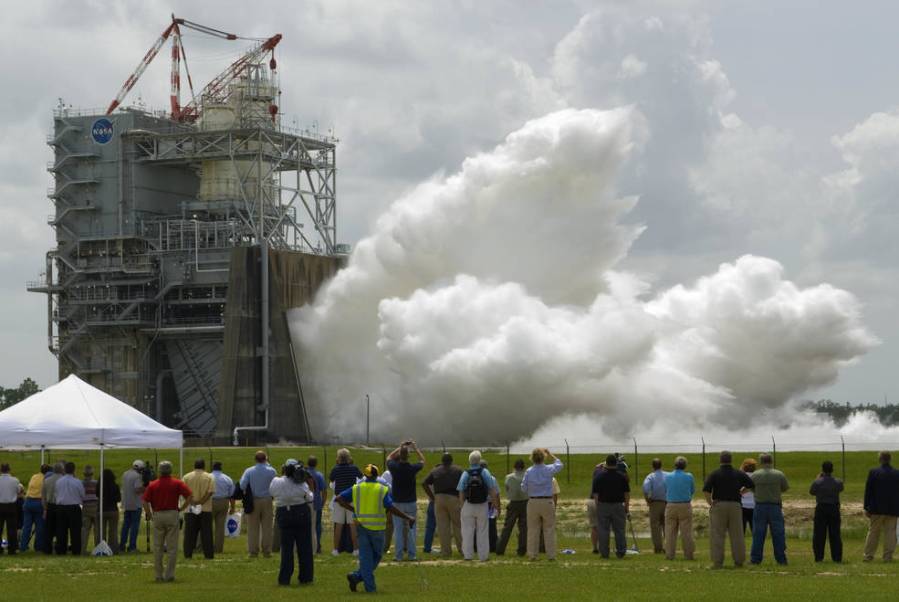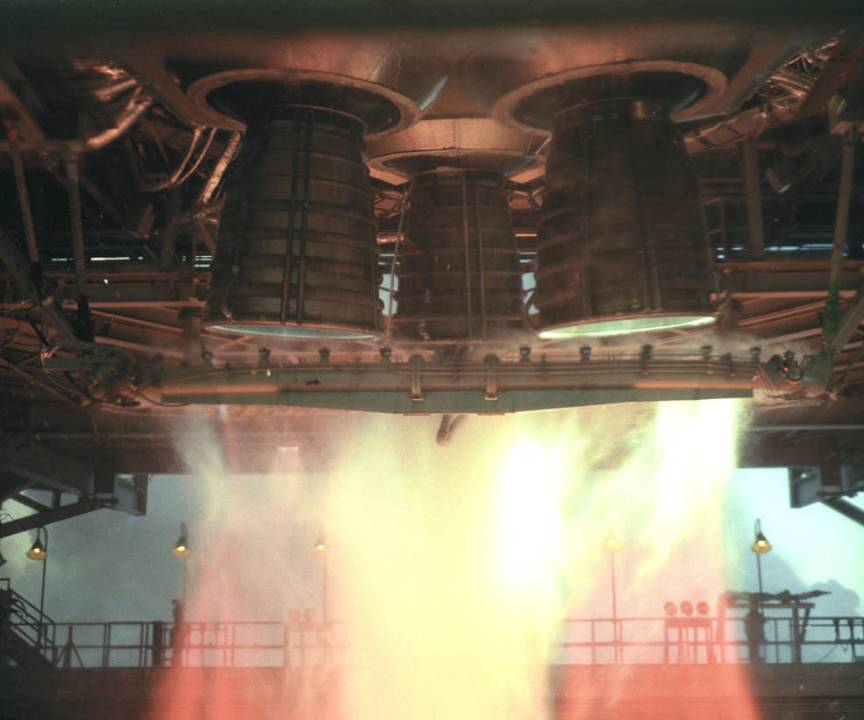BAY ST. LOUIS, Miss. (WGNO) — “I don’t know yet what method we will use to get to the Moon, but I do know that we have to go through Mississippi to get there!”
These were the words of rocket scientist Dr. Wernher von Braun in the early years of Hancock County’s Stennis Space Center. This year, the rocket testing site celebrates 60 years of developing space crafts that have continued to paint America with the colors of the Milky Way galaxy.
On May 25, 1961, President John F. Kennedy made it a goal to send humans to the moon and back to Earth safely. It was then five months later, on October 25, that NASA set the plan in motion with an announcement to establish a national rocket engine test site in southern Mississippi — the birth of the Stennis Space Center.
Early Years
NASA reports that even before construction began, the space center (then called Mississippi Test Operations) relied heavily on community support to jumpstart operations. About 660 families living at the site had to be relocated and dozens of trees were cut down, but officials were adamant about the space center being a valuable investment.
“There is always the thorn before the rose,” then-U.S. Senator and now-namesake John C. Stennis told a group of local residents following NASA’s big announcement. “There is always the thorn before the rose… You’ve got to make some sacrifices, but you will be taking part in greatness.”
Additionally, workers endured challenges of mosquito infestations, snakes, and even the wrath of Hurricane Betsy. The Category 4 storm struck the Gulf Coast on September 10, 1965, but did not destroy the building process.
At last, the space center opened on 13,000 acres of land, surrounded by a 125,000-acre acoustic buffer that would host large-scale test activities any time of day, any time of year without disrupting the surrounding area.
Test Launches
Here are some of Stennis’ most notable moments of test firing in its 60-year history:
Apollo Program
- The first and second stages of the Saturn V rocket were tested at Stennis, including seven lunar missions that propelled people to the Moon from 1969 to 1972
- The first-ever rocket engine test was conducted in April 1966, which was a prototype of the Saturn V. The firing lasted 15 seconds
- 27 Saturn V rockets were tested in the Apollo Program. All of the official craft launches that had been practiced at Stennis were later carried out successfully in their missions to space
Space Shuttle Program
- In June 1975, Stennis conducted the first full-duration test of a space shuttle main engine. From 1981 to 2011, all main engines from 135 shuttle fllights were tested at the facility
- On August 20, 1990, main engines for a space shuttle were tested on all three of the center’s firing stands in a single day for the first time in Stennis’ history
- A test conducted at Stennis in January 2004 recorded the facility’s 1 millionth second of main engine firing
Space Launch System/Artemis
- Stennis Space Center continue to be at the forefront of NASA’s Space Launch System rocket that will send humans back to the Moon and eventually to Mars
- Technology has allowed for cutting-edge hardware to be developed, including 3-D printed parts
- In April 2019, 51 months of testing concluded on the initial phases of all 16 engines that will help launch the first four missions of the Space Launch System
- Earlier this year, Green Run testing was conducted on an engine prototype that was later delivered to Kennedy Space Center to use on the maiden Artemis I mission
Other Endeavors
- Stennis has also partnered with companies such as Blue Origin, SpaceX, Launcher, and Acon to help test engines needed for commercial space missions
- The site has developed teaching curriculum, multiple K-12 and higher education STEM programs, a network across Louisiana and Mississippi to increase awareness about NASA’s use in everyday life
- Five schools operate learning centers at Stennis:
- Mississippi State University
- Ole Miss
- Pearl River Community College
- University of New Orleans
- University of Southern Mississippi
- And of course, the space center has created countless jobs for the surrounding community, with about 30% of the facility’s workforce coming out of Louisiana — specifically St. Tammany Parish
Learn more about the Stennis Space Center by visiting its website and following the facility on Facebook.


































